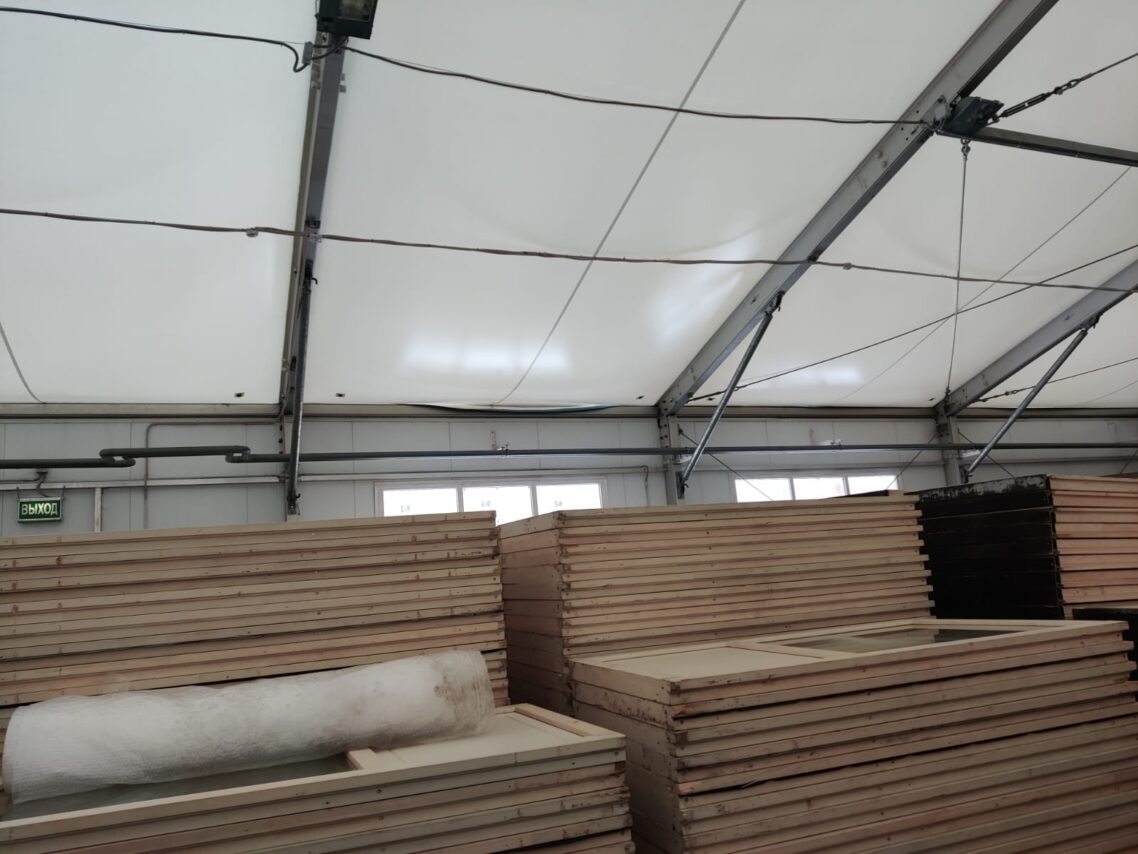Distribution Center Planning
본문
 an efficient distribution center is crucial for businesses that rely on timely and cost-effective storage and shipping of goods however, creating such an environment requires careful planning and attention to key design principles in this article we will explore the essential elements that contribute to a well-designed and efficient operation.
an efficient distribution center is crucial for businesses that rely on timely and cost-effective storage and shipping of goods however, creating such an environment requires careful planning and attention to key design principles in this article we will explore the essential elements that contribute to a well-designed and efficient operation.One of the most critical design principles is distribution strategy. a well-planned warehouse organization plan should facilitate smooth movement of goods and people minimizing delays and reducing labor costs. a good layout strategy should have a clear direction for flow, with aisles and corridors that are wide enough to accommodate forklifts and other equipment as well as ample space for pallets and inventory. regular system checks can help identify areas of inefficiency and opportunities for improvement.
another crucial factor in warehouse efficiency is the type and condition of storage systems. material handling machinery, such as pallet jacks and forklifts, play a vital role in efficiently transporting goods throughout the warehouse. when choosing storage equipment, it is essential to consider factors such as durability ergonomic design and quiet operation as well as the type of inventory being stored this will help ensure that workers are able to perform their tasks safety and efficiently.
leveraging systems also plays a significant role in enhancing warehouse efficiency. warehouse management systems (wms) can be used to automate tasks such as inventory tracking and order processing, allowing for real-time updates and improving accuracy. other instruments, such as wireless sensors and RFID tags, can help track inventory levels and movement, reducing the need for manual counting and allowing for more efficient use of storage space.
Ergonomics are also critical considerations in warehouse design. comfort and productivity are closely linked and a well-designed warehouse that takes into account the needs of its workers can lead to significant productivity gains. worker welfare design principles, such as comfortable working heights, ample ventilation and noise reduction, can help reduce worker fatigue and prevent injuries. proper storage and maintenance of equipment can also help minimize downtime and reduce maintenance costs.
finally, having a scalable flexible warehouse design that can adapt to changing business needs is essential for long-term efficiency. a well-designed warehouse can handle changing storage needs and inventory levels, but it must also be able to pivot to accommodate shifting demand производство строительство ангары and growth. modularity can be achieved through flexible storage solutions, such as adjustable shelving and modular storage systems, which can be easily expanded or reconfigured as needed.
by incorporating these key design principles into a warehouse design, businesses can create a more efficient and effective storage and shipping environment that supports their goals and helps them stay competitive in their industry


댓글목록0
댓글 포인트 안내